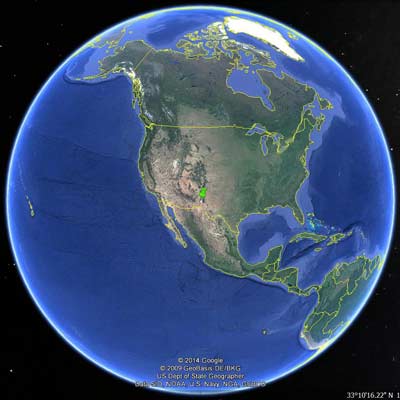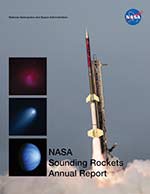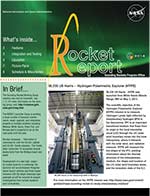
36.253 US HASSLER/SWRI Launched
Rapid Acquisition Imaging Spectrograph Experiment (RAISE)
- Mission
- Vehicle
- Launch
- Photos
36.253 US Terrier-Black Brant was launched from White Sands Missile Range on November 6, 2014. RAISE is a UV/EUV Imaging Spectrographs that use only two reflections to provide stigmatic imaging over multiple wavelengths and spatial fields simultaneously. RAISE uses a single off-axis parabola telescope to scan an image of the Sun across a narrow entrance slit which feeds a toroidal variable line space (TVLS) grating spectrograph, and produces stigmatic spectra on two intensified Active Pixel Sensor (APS) cameras. Spectral Images are then built up by rastering. RAISE has an extremely high speed scanning-slit imaging spectrograph designed to observe and analyze dynamics and heating of the solar chromosphere and corona on time scales as short as 100 ms, with TRACE-like spatial resolutions, and velocity sensitivity of 1-2 km/s.
RAISE Science Questions:
Active Region Loop Dynamics
– How are temperatures and velocities related?– Dynamics of ubiquitous helical loop structures?
High Frequency Waves in the Corona
– Are there high frequency waves in the TR and chromosphere, with energy sufficient to support the observed solar wind excitation?
Mechanisms of Small Scale Energy Release
– What are the observed small scale jet-like motions: shocks or jets?– What is the relationship between “blinkers”, “explosive events” and “UV flashes”?
The Black Brant 9 is a two stage sounding rocket with a Terrier first stage and Black Brant second stage. The Black Brant 9 can reach altitudes of about 600 km. Payloads weighing from 400 to 1200 pounds can be flown.

The RAISE mission was launched from White Sands Missile Range, NM on November 6, 2014.


